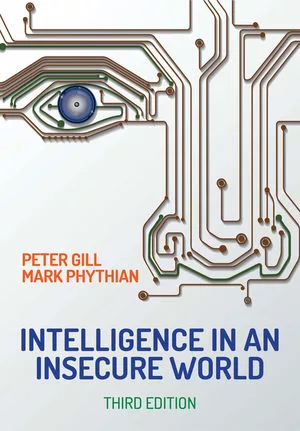An “Ace” for Security

|
The U.S. Open that more than 700,000 fans enjoyed last year at the USTA Billie Jean King National Tennis Center bears, in many ways, little resemblance to the tournament started 129 years ago. It has evolved from an exclusive men’s singles and doubles tournament in 1881 to a two-week sports and entertainment extravaganza, changing its name from the U.S. Championships to the U.S. Open and its location from Rhode Island to Pennsylvania to its current home in Flushing, N.Y.
Mike Rodriguez, shown below, is director of security for the USTA and is responsible for providing a secure environment for all of the guests, players (including 2010 Men's Winner Rafael Nadal, shown right), vendors and employees. He employs more than 1,000 licensed security guards for the two-week event.
You served for 23 years with the New York City Police Department before your current role with the USTA: How was the transition to private security?
It is not too difficult, but you must learn quickly that there is a difference in the corporate world compared with the law enforcement world. In law enforcement the main objective is safety and the protection of the public, therefore security is paramount. The difference in the corporate world is that although security is important, you cannot make a decision solely geared towards it. Your objectives must intertwine with Finance, Legal, Human Resources, IT, company image or brand image. Your decisions or policies can affect a wide range of issues within the organization.
What are some of the challenges with securing the U.S. Open Tennis Championships, its players, families and the fans?
The challenges are to provide a secure environment in this post September 11th world and yet to remember that this is a sporting event that wants to invite in its patrons to enjoy the experience. It is a balance that is much tougher to accomplish in today’s environment. Our range of procedures can span from our sophisticated Vehicle Delivery Procedure, which is geared to protect us from a possible Vehicle Borne IED, to more simple issues such as lost children on site and proper medical services for our patrons. Lately, in today’s environment there have been a rash of field or court intrusion incidents by those who want to be on YouTube, which obviously create safety issues for players on the field or court. This causes us to constantly evaluate our security deployments and training to deal with this issue.
What do you enjoy about your position?
I have enjoyed creating a security program that provides safety for not only our patrons, but for our staff and vendors, as well as all other aspects. The security program needs to be robust, yet non-intrusive in that it does not impede people from enjoying their time at the U.S. Open or impede our staff and sponsors from putting on a great event.

|
How do you start and end your work day?
In today’s world I start with e-mails and end with e-mails. I want to address people’s issues and concerns first thing in the morning and before I walk out the door in the evening. During the U.S. Open I am in the office by 8:00 am and I usually don’t leave until about 2:00 am the next morning.
What keeps you up at night?
There are two things. First, that the staff I am responsible for follow the procedures correctly in dealing with issues as they arise. It’s great to have a strong plan, but only if your staff know it and uses it. The other issue is crowd management. No matter how much you prepare for an incident you cannot always predict how people will react, either the patrons or your staff.
What do you like to do in your spare time? Do you play tennis?
I do not play tennis presently, but I am planning on taking it up this winter. My vice is playing golf!
Looking for a reprint of this article?
From high-res PDFs to custom plaques, order your copy today!







